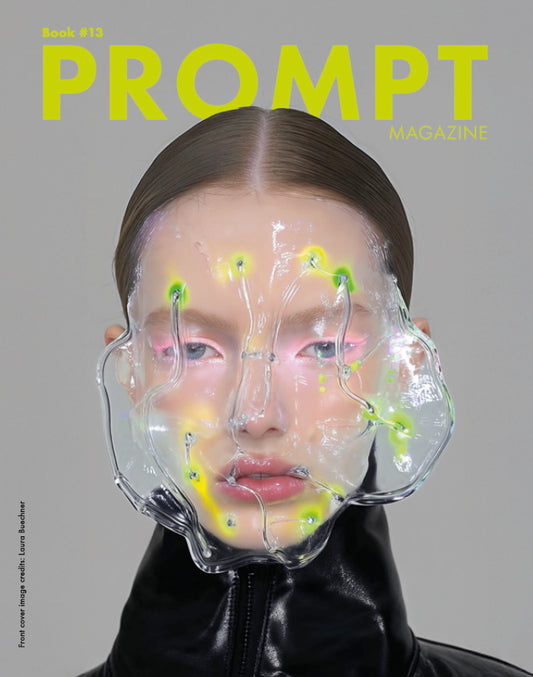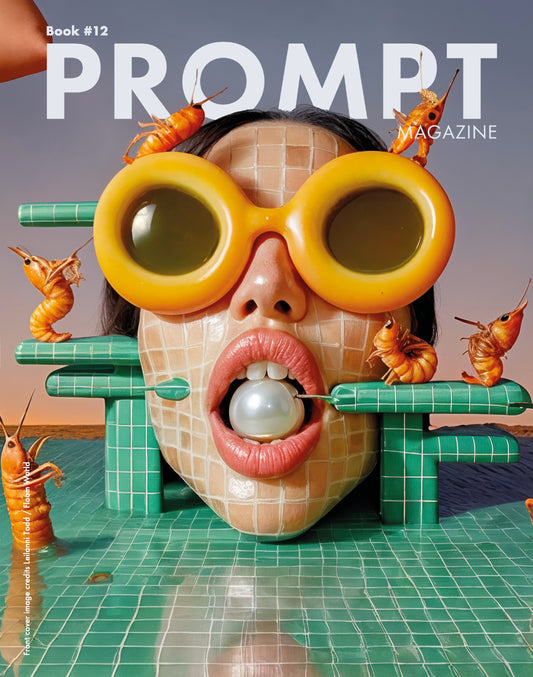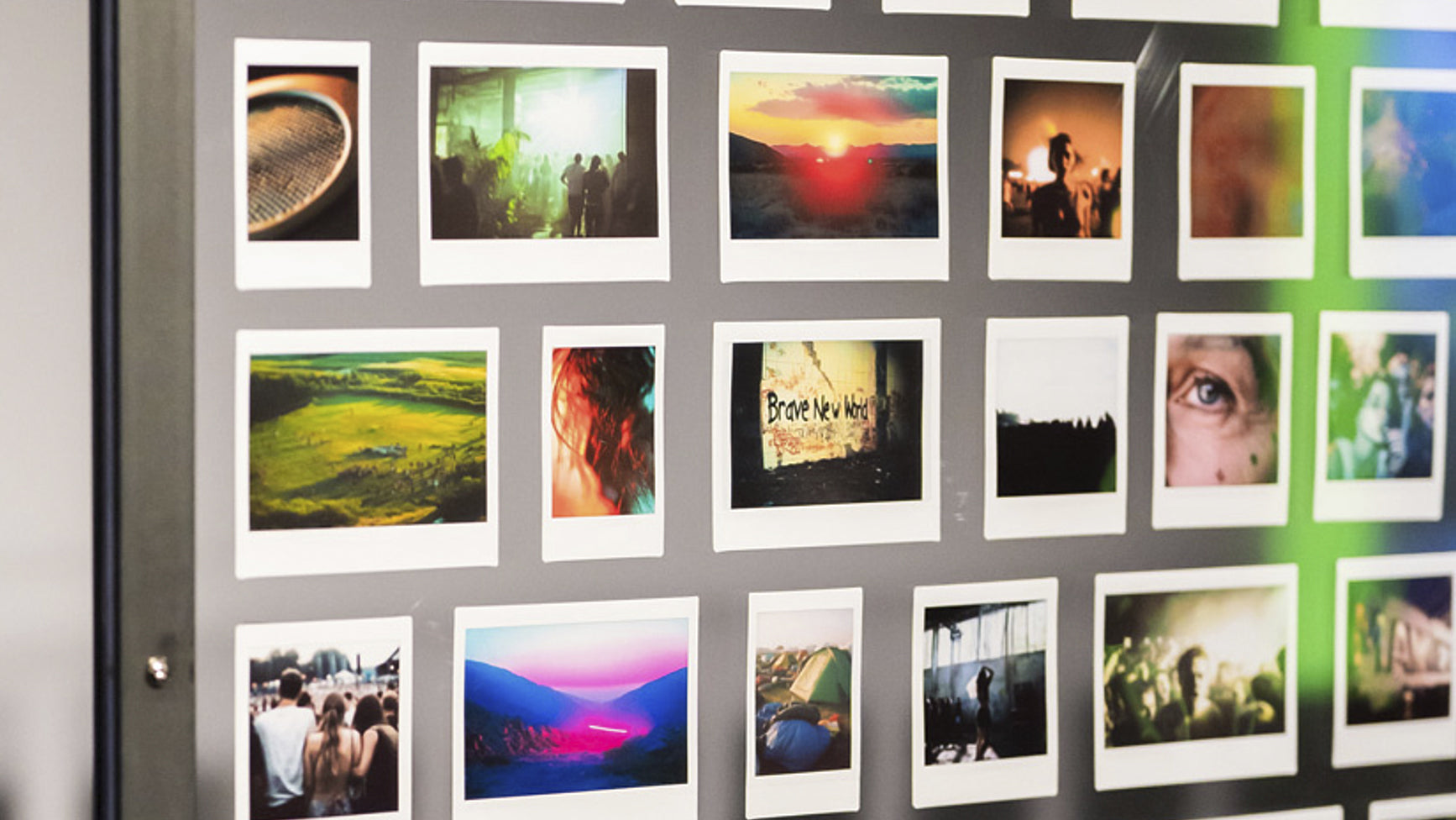
Bacci Moriniello
Aims at triggering deep reflections on the role of AI in shaping visual expression.
Art can be a powerful catalyst for reflection, especially when it challenges our perception of creativity and authorship.
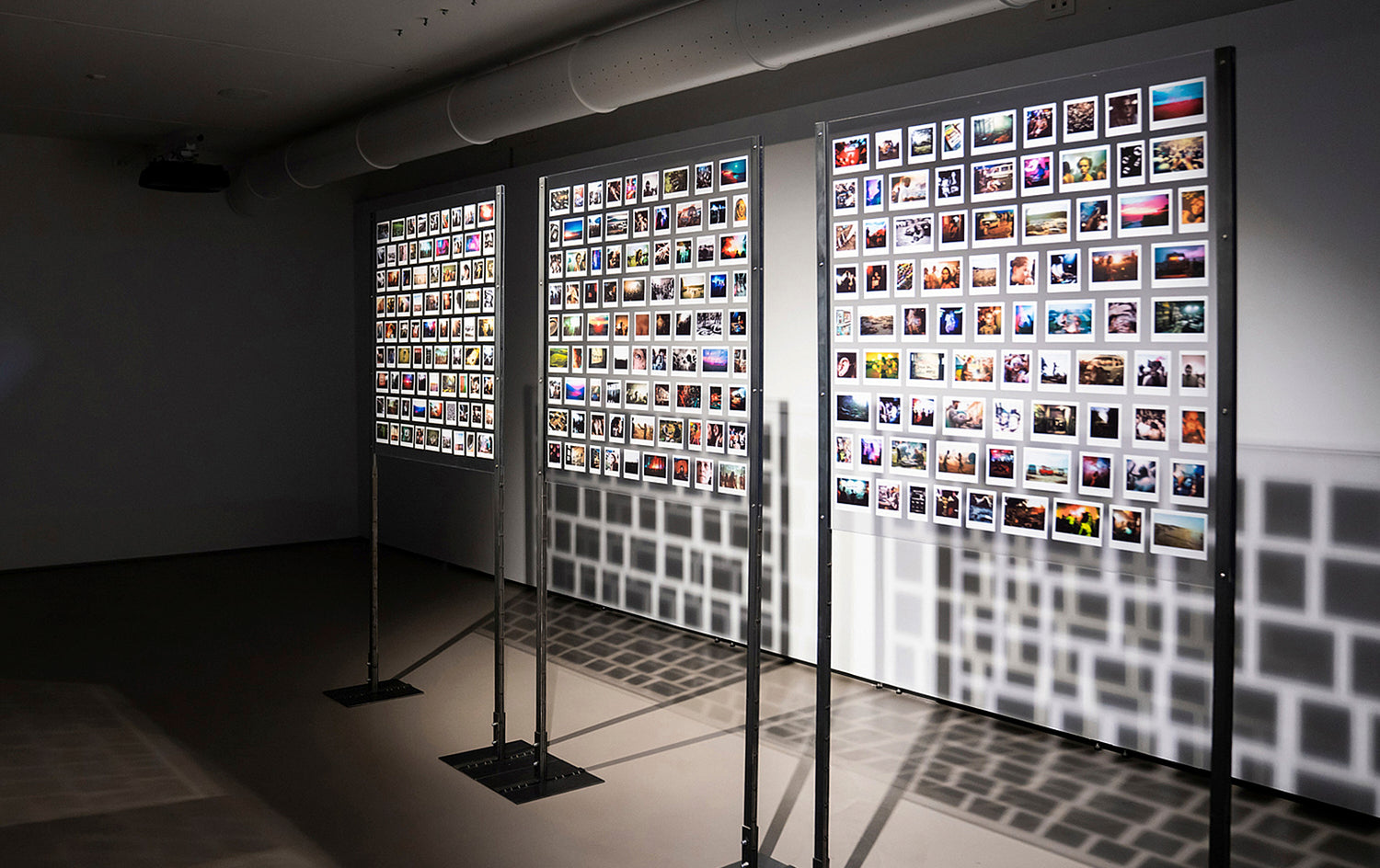
Through their installations Lorenzo Bacci and Flavio Moriniello invite audiences to engage in a dialogue, triggering deep reflections on the role of AI in shaping visual expression.
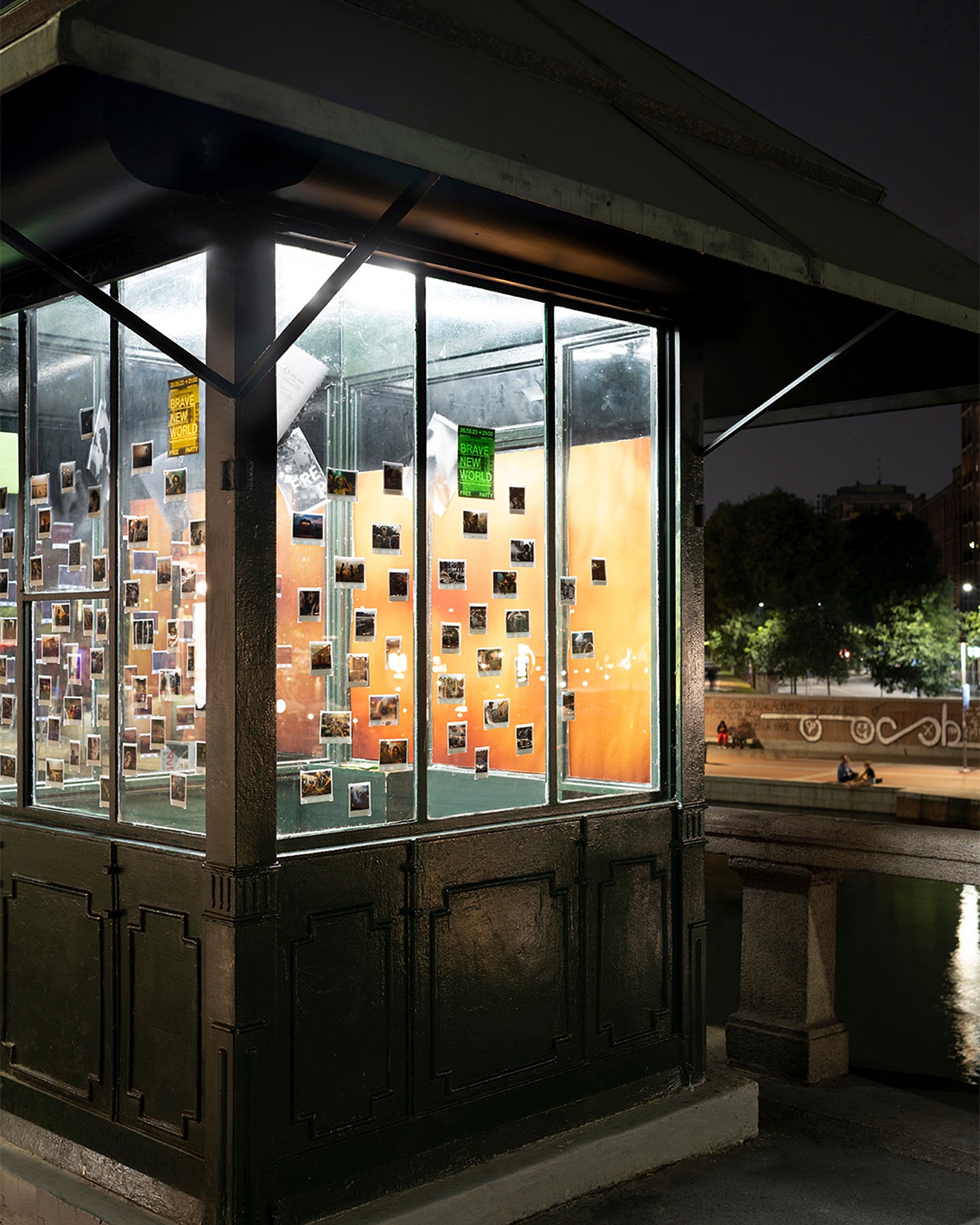
Lorenzo Bacci and Flavio Moriniello are contemporary artists and photographers working at the intersection between technology, art, and society.
Through their works, they explore the relationship between human and artificial creativity, addressing the cultural and aesthetic implications of emerging technologies. Their artistic approach invites reflection on the nature of reality and the evolution of art in the digital age.
Thanks to their immersive experiences Bacci and Moriniello challenge viewers to engage with the meaning of images and technology.
Their practice stands out for its ability to combine mixed media and AI-driven tools, creating a continuous dialogue between human imagination and computational processes. This interaction gives rise to works that encourage audiences to reconsider perception of reality.
Brave New World.
The constant repetition of a fictional narrative can gradually transform it into an accepted truth, shaping collective perception of reality. AI, by drawing from datasets and simplifying the creative process, makes the construction of new worlds accessible to many, often blurring the line between fiction and reality.Brave New World emerged as a political response to a restriction on countercultural events, Rave parties in this case.
-
Brave New World emerged as a political response to a restriction on a countercultural events, Rave parties in this case .
“While we were reflecting on the “death” of photorealistic imagery as a reliable document. This led us to consider a constructive use of AI: not only to represent but to artificially reconstruct what might otherwise disappear.” This results in Ai generated images printed on instant photo paper.
Last year, we presented Brave New World in an exhibition curated by Andrea Tinterri at Edicola Radetzky in Milan, Italy.
This unique context gave the exhibition the character of a public intervention, as our primary goal was to engage with passersby rather than addressing the traditional art world audience.
More recently, the work was featured in the group exhibition Yoga AI, curated by Valerio Borgonuovo at the MEET Digital Culture Center.
-

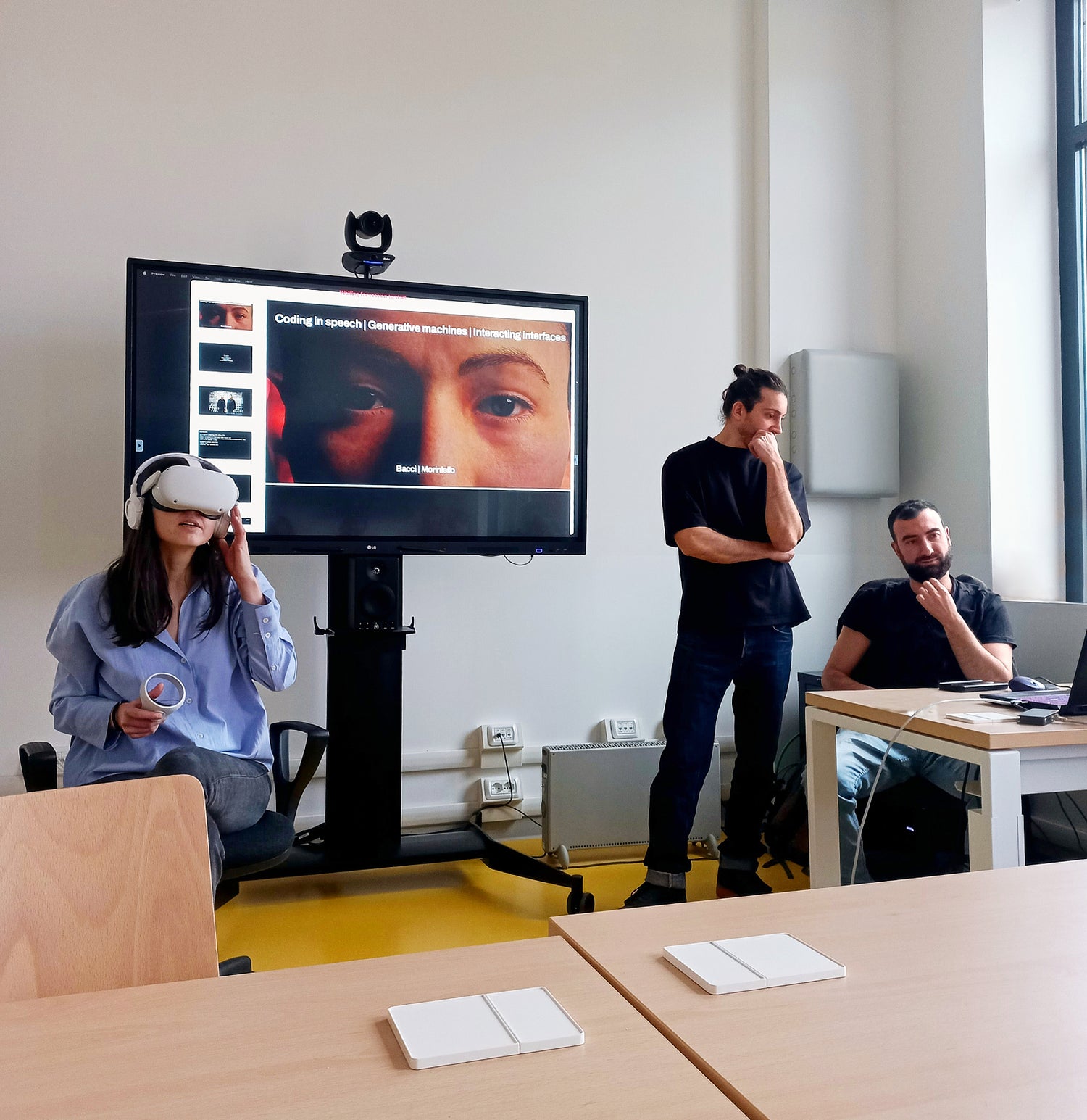
I Know, We Should Have Talked About It Before
The installation uses a VR headset, allowing the audience to step into an immersive environment where they can both engage with an artificial intelligence and explore the complex dynamics of that interaction.
The work draws inspiration from various experiences, including that of the Repliee Q2 robot by Hiroshi Ishiguro, presented at Expo 2005, where the interaction with a humanoid robot left visitors disappointed. It is also inspired by the concept of the Uncanny Valley—the unsettling emotional reaction experienced when encountering subjects that resemble humans but are not entirely realistic, a theory proposed in 1970 by Japanese robotics pioneer Masahiro Mori. Last but not least, it draws from the latest technological advances in robotics and artificial intelligence.

Today, with the advancement of Large Language Models and Extended Reality, we can create virtual avatars that closely resemble humans, making interactions feel more natural. This progress prompts us to question how we respond to almost-real virtual beings and encourages us to envision a future where the line between the real and the virtual becomes increasingly blurred. The work unfolds on two experimental levels.
The first involves observing the audience as they watch someone interact with the AI. The second directly engages the user, allowing them to test the boundaries of current technology. This dual structure explores both the user’s reactions when interacting with a virtual entity in a digital environment and the audience’s responses, representing society as a whole.
Image: Soma, Mesh structure, #02, 2024
-

Soma #01, In-game
-
A core decision of the project is to allow only the user wearing the headset to hear the AI’s responses, excluding the audience from this aspect of the interaction. This approach emphasizes the human and subjective aspects of the interaction. Not being able to hear the AI’s voice encourages deeper reflection, urging the audience to develop critical awareness about our time and the challenges posed by technology.
-

Conversation #136, Ex Albergo Diurno, Modena
-

Film still, #01, 2024
The project investigates how these innovations affect humans and society
Finally, the project draws on Plato’s Allegory of the Cave, which explores the relationship between reality and representation. Like the prisoners of the cave who mistake shadows for reality, I Know, We Should Have Talked About It Before invites us to question what we perceive as real in the age of artificial intelligence and virtual reality, prompting us to reflect on the new shadows that define our understanding of the world..
Publications
-
Prompt Magazine 15: Subjectile
Regular price €29,90 EURRegular price -
Prompt Magazine 14: Sameness
Regular price €29,90 EURRegular price -
PROMPT MAGAZINE Book 13: Afterimage
Regular price €29,90 EURRegular price -
PROMPT MAGAZINE Book 12: Liminality
Regular price €29,90 EURRegular price









